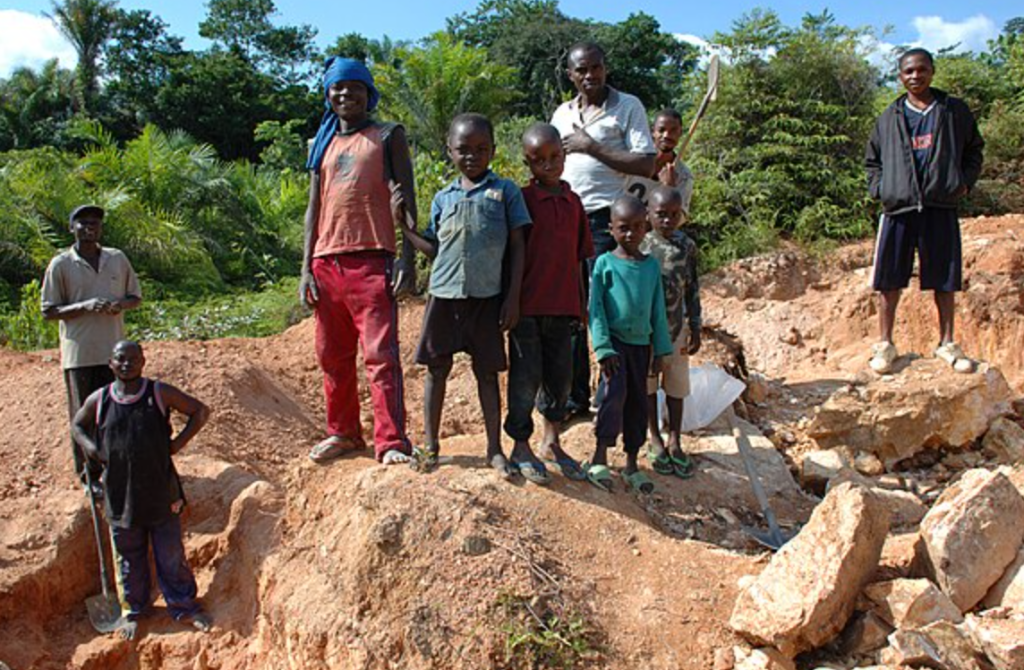
Child Labor in the Pandemic Era: A Comprehensive Review
In the shadow of the COVID-19 pandemic, a silent crisis has been unfolding: the surge in child labor. The article “Child labor and associated risk factors in the wake of the COVID-19 pandemic: a scoping review,” published in Frontiers, provides an analysis of this issue, shedding light on the alarming rise of child labor globally and its contributing factors.
The Escalating Challenge of Child Labor
Child labor, as defined by the International Labor Organization (ILO), is work that robs children under 18 of their childhood, potential, and dignity, posing risks to their physical and/or mental development. The article notes a startling increase to 160 million child laborers in 2020, making it a critical global concern.
Economic Hardships and School Closures as Catalysts
The pandemic has exacerbated existing socio-economic challenges, pushing more children into the workforce. Key factors identified include increased poverty, temporary school closures, heightened demand for child labor, and mortality among parents. This multi-faceted problem underscores the need for a holistic approach to tackling child labor.
Health and Social Consequences
The health implications for children engaged in labor are profound. They face an elevated risk of injuries, malnutrition, and respiratory diseases. The psychological impact is equally concerning, with many vulnerable to exploitation and trafficking. These consequences not only affect individual children but also have far-reaching effects on public health systems.
Strategies for Mitigation and Prevention
Expanding on the strategies to mitigate and prevent child labor in the context of the COVID-19 pandemic:
Enhanced Education and Social Protection
Improving Access to Education: Policies need to prioritize not just the reopening of schools but also the quality of education. This includes investing in infrastructure, teacher training, and inclusive education programs that cater to children from all backgrounds. Tailored approaches are necessary for children who have missed out on significant schooling during the pandemic to help them catch up and reintegrate into the education system.
Strengthening Social Protection Systems: Building robust social protection systems is critical. This involves implementing cash transfer programs, providing unemployment benefits, and ensuring food security. These measures can alleviate the economic pressures that force children into labor. For instance, conditional cash transfers that require families to keep their children in school have been effective in reducing child labor.
Legislative Reforms
Enforcing Stricter Labor Laws: Governments must tighten and rigorously enforce child labor laws. This includes setting clear age limits for employment, regulating working hours, and imposing penalties for violations. Labor inspections should be strengthened, especially in industries known for child labor.
Ethical Business Practices: Companies must be held accountable for their supply chains. This means conducting regular audits to ensure that their products are not being manufactured by child labor. There should be a push for greater transparency and reporting standards. Businesses should also be encouraged to invest in the communities where they operate, contributing to local education and social programs.
Empowering Communities
Raising Awareness: Public health practitioners can play a key role in educating communities about the detrimental effects of child labor on health and development. Campaigns should focus on the long-term benefits of education and the risks associated with early work.
Community-Based Interventions: Mobilizing local resources and building community coalitions can be powerful in fighting child labor. This includes setting up community watch programs, providing support to families in need, and creating safe spaces for children. Engaging local leaders and influencers can also be effective in changing societal attitudes toward child labor.
Collaborative Efforts: It’s essential to foster partnerships between governments, NGOs, community groups, and international organizations. These collaborations can pool resources, share best practices, and create more impactful interventions.
In conclusion, a multi-pronged approach involving educational enhancements, legislative reforms, and community empowerment is essential in addressing the complex issue of child labor, especially in the challenging times of a global pandemic. Public health practitioners, along with policymakers, educators, and community leaders, have a crucial role to play in this endeavor.
Conclusion: A Call to Action
This scoping review highlights the urgent need to address child labor, especially in the context of a global pandemic. As public health practitioners, educators, policymakers, and community members, we have a collective responsibility to protect our children’s future. Delving into the comprehensive insights offered by this article is a crucial step toward understanding and combating the issue effectively.
Join the Movement of Health Innovators – Subscribe for Weekly Insights!
Step into the forefront of public health innovation with ‘This Week in Public Health.’ Every edition brings you closer to the latest developments in research, community health, and advocacy. It’s more than a newsletter – it’s your resource for becoming an informed and active participant in the health community. Subscribe for free and join a network of individuals dedicated to making a lasting impact in public health!



